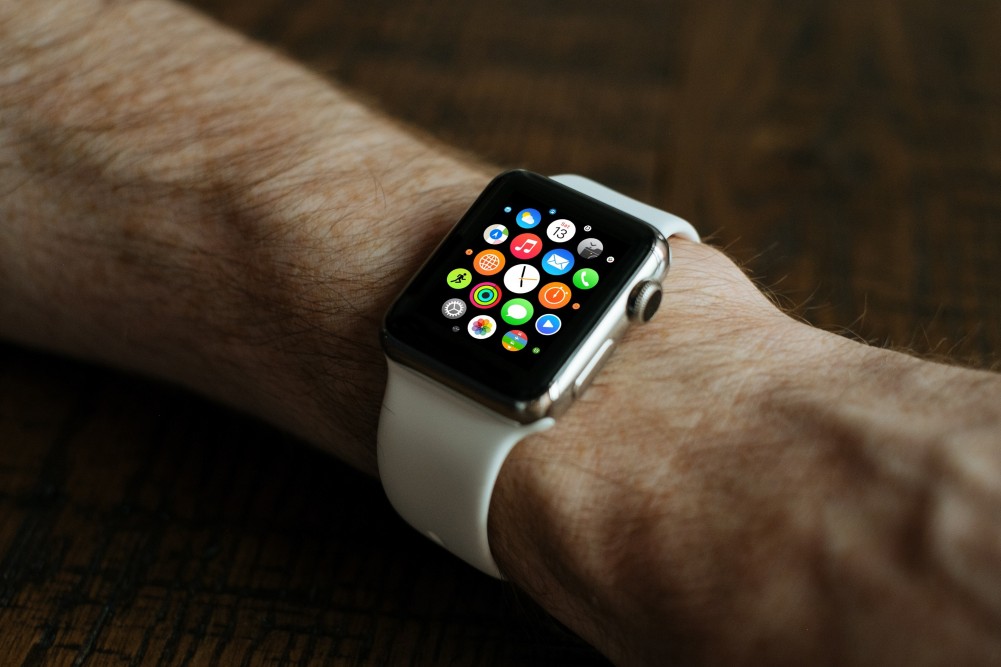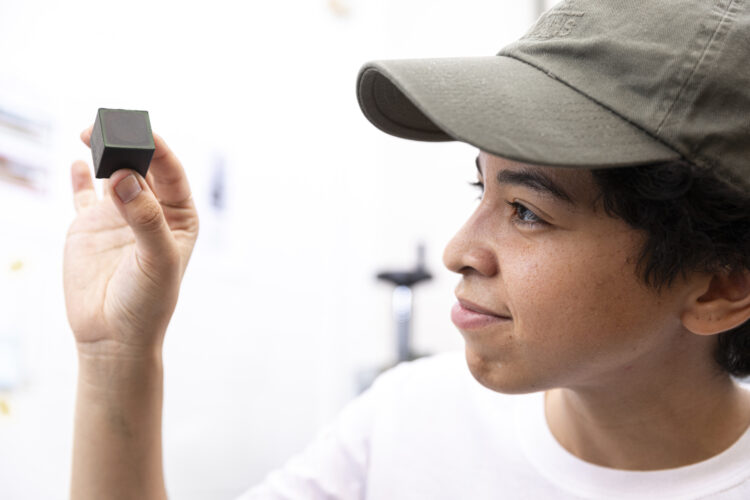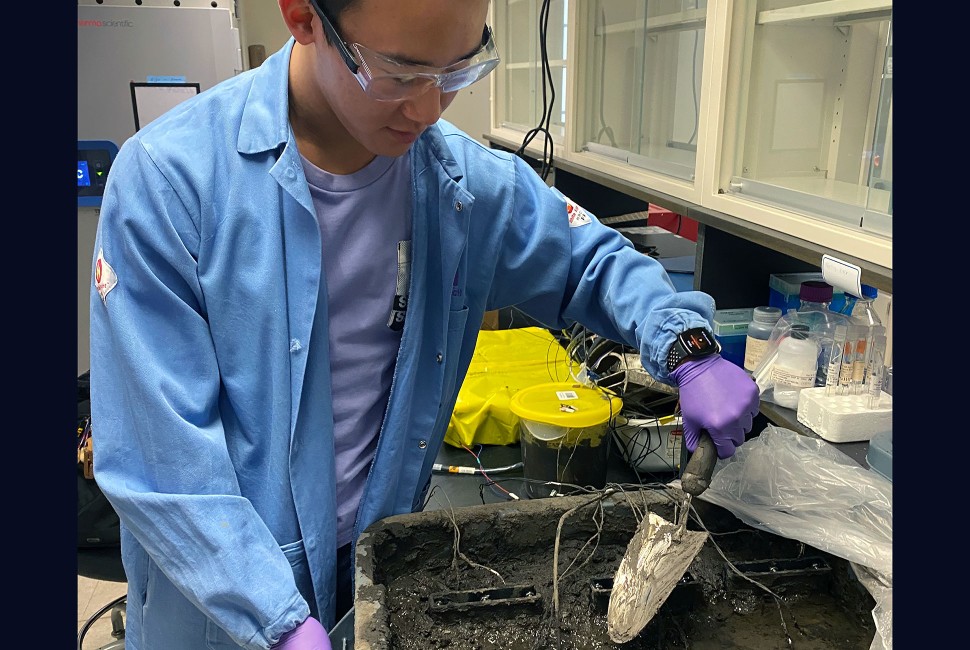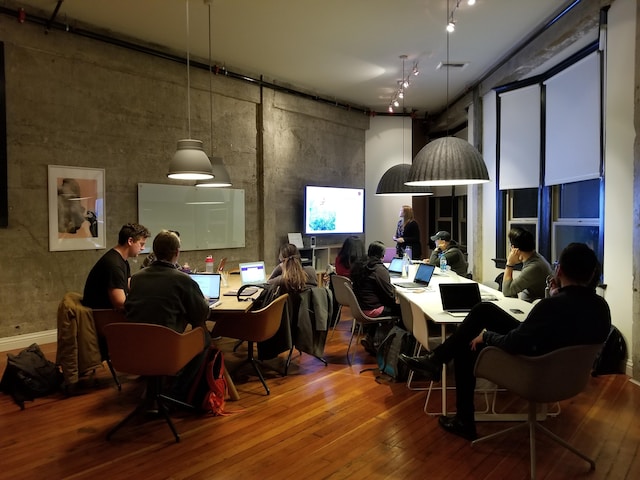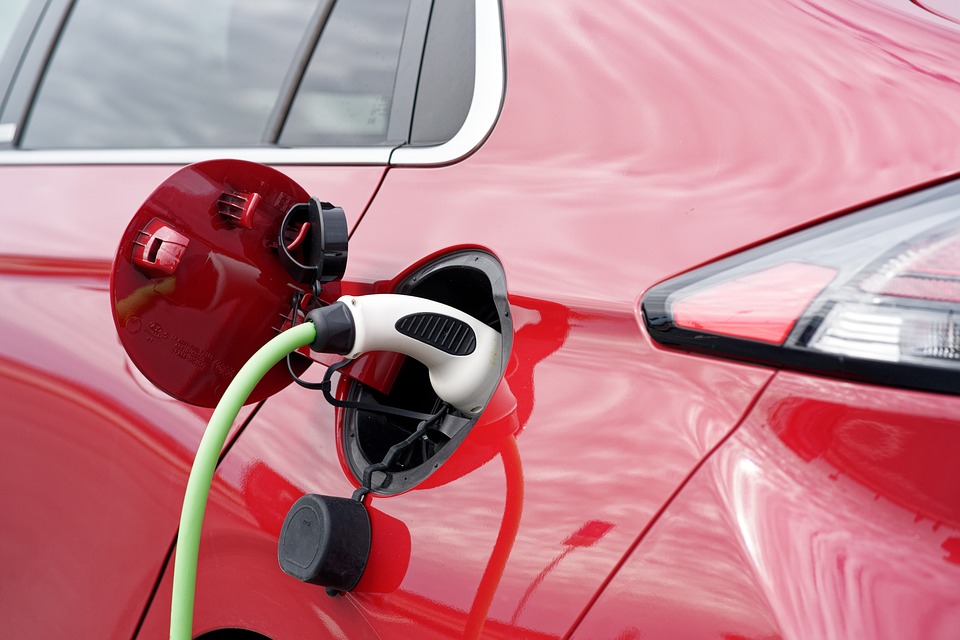We are now entering the age of smart digital objects and devices, smart cities, smart grids, and smart homes. But that’s not all. It’s now possible to make everyday objects into smart objects using embedded ARM or Advanced Reduced Instruction Set Computer (RISC) Machines, a kind of microprocessor. Now people are turning bathroom scales into smart scales using Bluetooth technology. They are using Wi-Fi to lock and open doors. And manufacturers are putting smart technologies into every consumer appliance you can think of.
The quality of the experience with smart objects is related to the user experience design, also known as UX (UXD, UED, XD), and depends on the lack of friction, usability, accessibility, and pleasure derived in interacting with the product. There are now thousands of startup companies looking to capitalize on the development of smart devices or the conversion of existing objects into smart objects.
But making a smart object isn’t easy: it’s not “shooting fish in a barrel.” If an object becomes smart but using its smart features are more difficult than the traditional analog interface, then the object will not sell. It’s easy for investors to throw money at smart object projects and lose their shirts in the process.
Analog projects don’t need to be “set up.” But digital products, especially smart objects, requires some hookup for Bluetooth or Wi-Fi router access. Some do-it-yourself projects, for example, smart video surveillance, requires knowledge of algorithms, moving object detection, tracking, and classification to set up the system properly or it won’t work as advertised. Many new smart objects must also be connected to the internet to function properly. This requires interconnecting smart objects with IP addresses.
But these types of friction notwithstanding, the era of smart objects will include smart learning objects that will be used in smart education. The Internet of Things will also be largely based on smart objects which will require good hardware, software middleware, and applications.
A course in Smart Objects at the School of Visual Arts in New York City taught by faculty member Matthew Borgatti covers the following topics:
- How to develop design-actionable insights through dialogue with users, clients, observation of human behavior, and market analysis.
- How to invent and define product ideas, features, and benefits.
- How to select and prototype core features to understand more about the impact of that idea.
- How to define and apply dynamic product behaviors using rapid hardware, firmware, and software prototyping techniques.
- How to select appropriate technologies and systems to achieve design goals.
- Methods for crafting product personality by identifying and analyzing key moments of interaction.
- Ways of defining and documenting information structures through experience flow diagrams, systems mapping, and overall information architecture.
- Techniques for creating manufacturing documentation, including Bill of Materials, Electrical Schematic, and 3D drawings.

